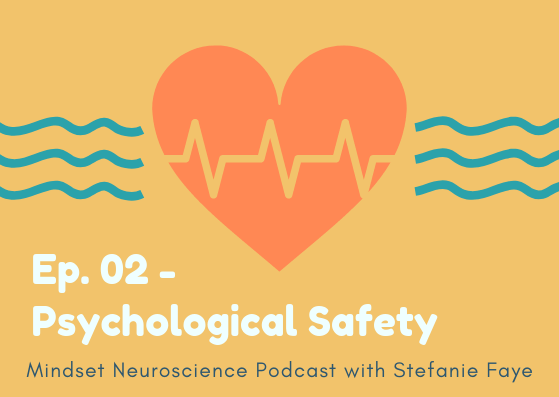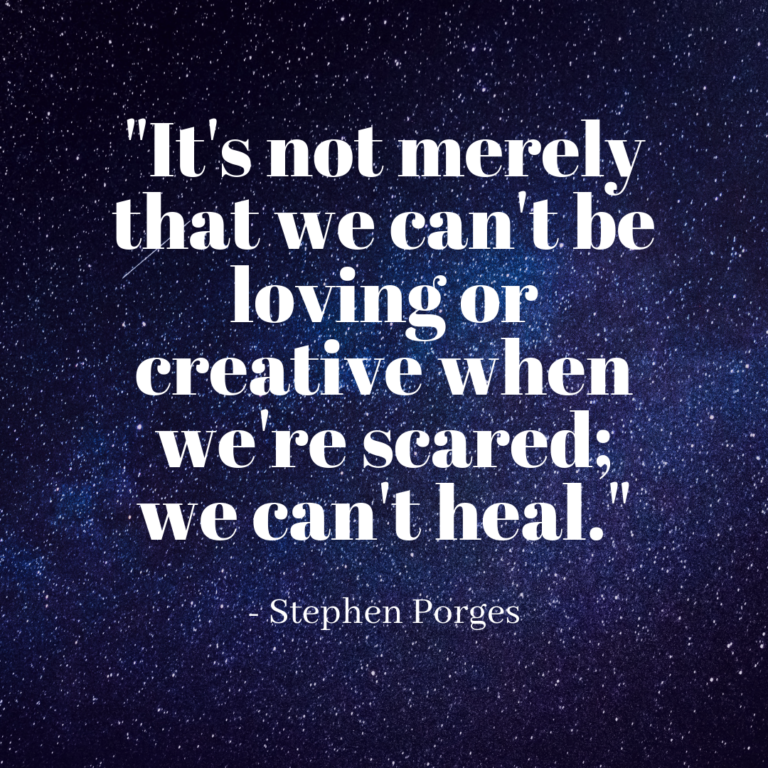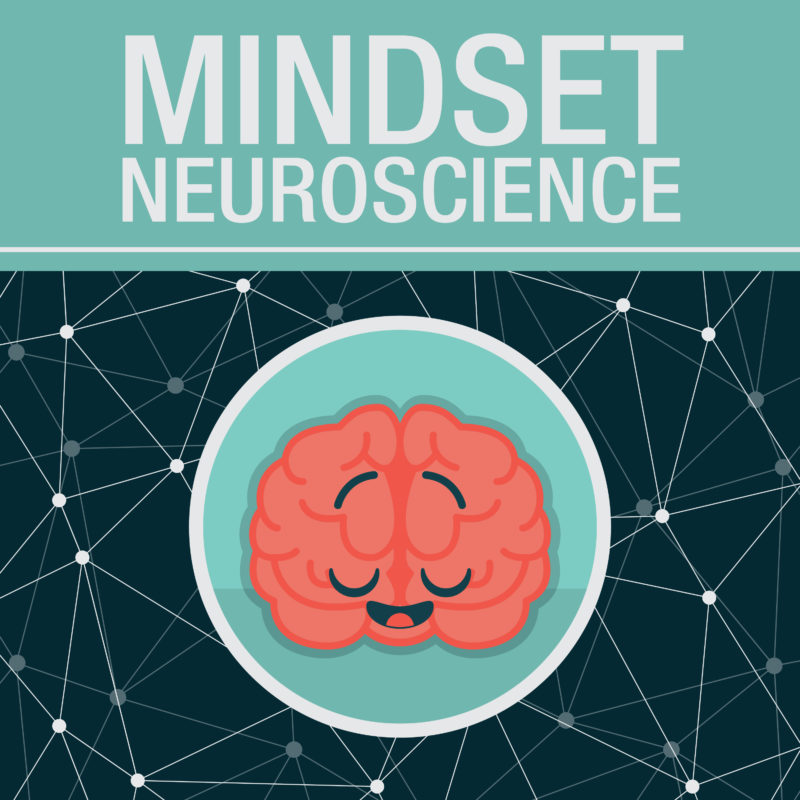
"It's not merely that we can't be
loving or creative when we're scared; we can't heal."
-Stephen Porges
In order for us to access our most evolved neural and behavioral resources, we must be in a state of physiological and psychological safety.
Our most sophisticated and evolved system for creating safety for ourselves and with others is something called the Social Engagement System.
This highly evolved system has to do with the 10th cranial nerve called the Vagus Nerve.
The massive, ultra-important Vagus Nerve connects many, many parts of our body and influences (among other things):
- our visceral organs;
- digestive tract;
- heart rate variability. It puts 'brakes' on our heart when we need them, so that we can 'engage' with something when we feel safe, or 'disengage' (ie., fight, flight or freeze) when we don't feel safe;
- muscles that influence our voice;
- voluntary muscles - the striate muscles - in our face; and
- muscles in our middle ear (used to tune out background noise and tune in to higher, modulated frequencies, such as those found in the human voice).
As soon as we move into a state of vigilance or defensiveness, we have less access to this very evolved system.
So if we really, truly want to help people learn and be at there most adaptive, our number one goal - before we even talk about mindset - should be to help them access a state of physiological and psychological safety.
This is not to say that there is no room for stress.
Research shows that a certain level of stress and arousal is good for us to learn and be focused.
But I'm talking about toxic stress
- where it is debilitating and /or so present and consistent in someone's life
that it actually holds them back from their most evolved brain features and behaviors.
Because life is stressful for many people, especially for those ...
- coming from households and childhoods with a lot of abuse,
- communities where there’s a lot of violence, or
- engaged in professions such as the military, where there is a need for their systems of defense to come online regularly...
... we need to help those people and ourselves understand how we can make our internal state of safety become more accessible to us when we need it.
Understanding the Social Engagement System and the Vagus Nerve can help us do three key things:
-
- regulate our own internal state,
- have a better understanding of what other peoples triggers are and how to help them regulate themselves and
- create conditions that nurture the social engagement system and increase the chances that are more evolved systems can come online in a given moment.
"Polyvagal theory informs us that the phylogenetically newest vagal circuit is available
only when the body detects features of safety.
In addition to calming our visceral state, this circuit enables the face to work;
our face can be expressive and our voice can be prosodic.
When these features are projected from others,
our body calms and our voice and face express positive affect."
-Stephen Porges, Pocket Guide to the Polyvagal Theory, p 101
So that’s what will touch on in this episode - this idea of the social engagement system, what it consists of, and how we can help it become more accessible to us and others.
I'll be pulling, as always, from the work of Stephen Porges and his Polyvagal Theory, as well as Bessel Van Der Kolk's and Bruce Perry's trauma-informed models for research, treatment and education.


